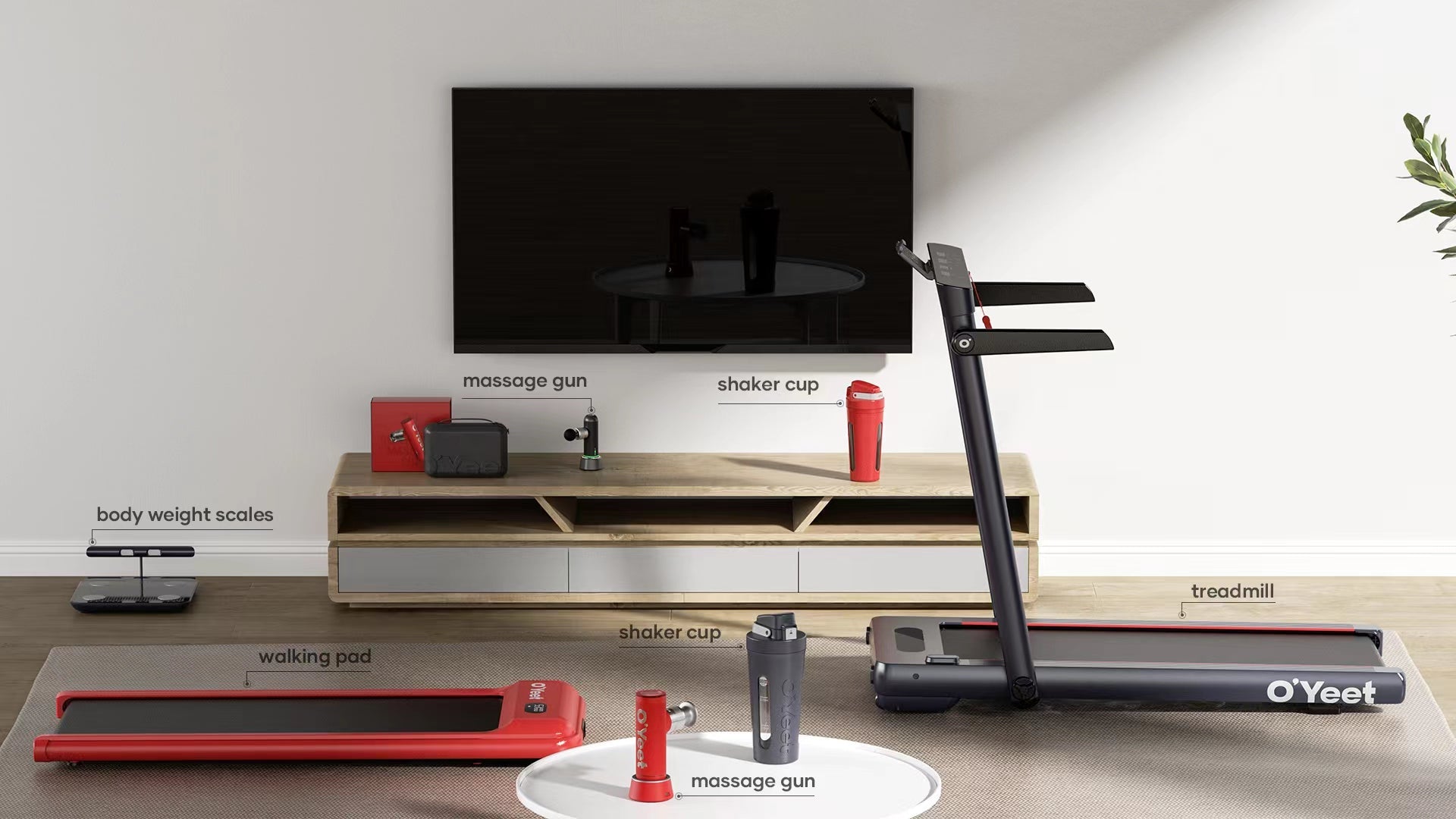
Understanding The Superficial Back Muscles
The human back is a remarkable structure, consisting of intricate layers of muscles that play a crucial role in supporting and facilitating movement. Understanding these muscles and their functions can empower individuals to take proactive steps in maintaining a healthy and pain-free back.
The back muscles can be categorized into three groups: superficial, intermediate, and deep. Each group serves a distinct purpose, contributing to the overall stability and mobility of the back. In this blog, we will take a look at some of the superficial back muscles. The superficial back muscles are primarily associated with movements of the upper limbs.
- Trapezius: Among these muscles, the Trapezius stands out as a broad, flat, and triangular muscle. However, its susceptibility to strain highlights the importance of proper care. Strained trapezius muscles can make simple movements, such as turning or tilting the head, difficult and painful.
- Latissimus Dorsi: The Latissimus dorsi, another member of the superficial group, plays a significant role in controlling upper body movements. Malfunctioning latissimus dorsi muscles can lead to a condition known as frozen shoulder, emphasizing the intricate connection between the back muscles and overall upper body function.
- Levator Scapulae: The Levator scapulae, a small strap-like muscle, is often implicated in neck or upper back pain. Poor posture is a common cause of levator scapulae pain or tightness. Recognizing and addressing issues related to this muscle can contribute to alleviating discomfort and promoting better spinal health.
- Rhomboids: The rhomboids, essential for posture, play a crucial role in controlling the movement of the shoulder blades or scapula. Emphasizing their significance in maintaining proper posture can guide individuals in adopting practices that support the health of these muscles.
Maintaining the well-being of your back muscles is paramount in preventing discomfort and ensuring optimal functionality. One effective way to care for your back is through regular massages. NAIPO recommends the use of the oPillow Back Massager.
Understanding the complexity of back muscles and their functions is crucial for anyone seeking to prioritize their spinal health. By recognizing the roles of superficial back muscles like the Trapezius, Latissimus dorsi, Levator scapulae, and Rhomboids, individuals can take proactive steps to prevent issues and promote a healthy, pain-free back. Consider incorporating the NAIPO oPillow Back Massager into your routine to provide your back with the care it deserves.



Leave a comment
This site is protected by hCaptcha and the hCaptcha Privacy Policy and Terms of Service apply.